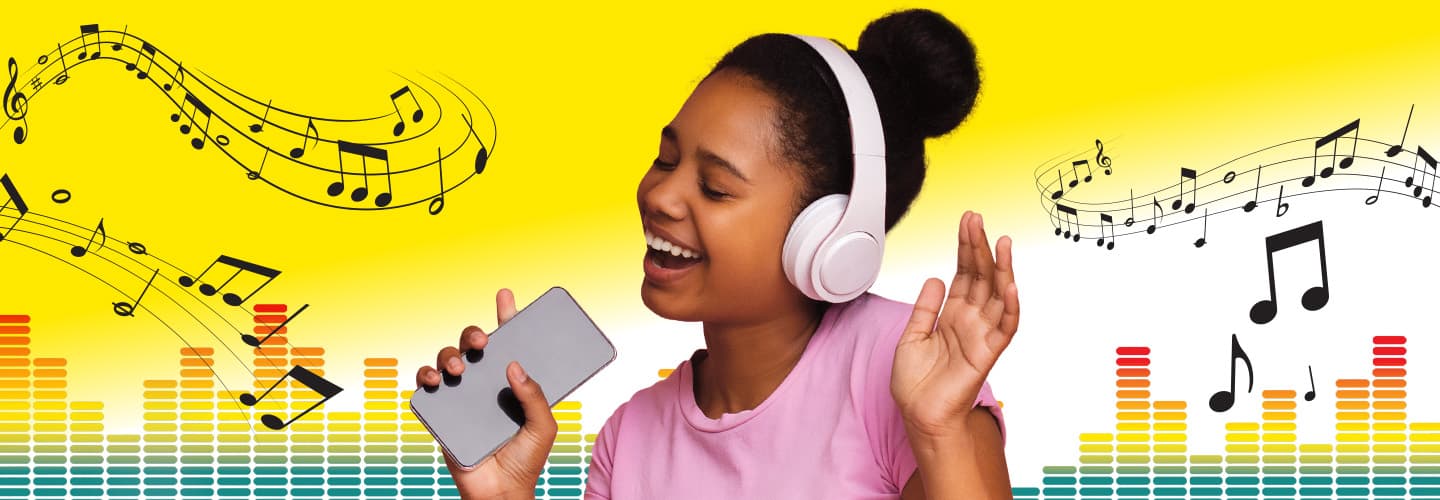Chances are you’ve worn headphones more times than you can count. You might wear them when you listen to music, play games, or watch videos on YouTube. But it may be time to turn down the volume. A study released in 2022 found that more than 1 billion teens and young adults worldwide could be at risk of hearing loss. The researchers say one main reason is the use of smartphones and other devices with earbuds or headphones.
Many kids think they don’t need to worry about protecting their hearing.
“One myth about hearing loss is that only older people like grandma and grandpa get it. That’s not the case,” says Michele DiStefano. She’s an audiologist (a doctor who specializes in hearing) at the Center for Hearing and Communication in New York City.
Earbuds and headphones have become more popular over time. Meanwhile, doctors say they’ve seen an increase in hearing damage among younger people. But there are some simple steps you can take to protect your ears and listen to devices safely.
Chances are you’ve worn headphones. You’ve probably worn them more times than you can count. You might wear them when you listen to music. You might also wear them when you play games or watch videos on YouTube. But it may be time to turn down the volume. A study released in 2022 found that more than 1 billion teens and young adults worldwide could be at risk of hearing loss. The researchers say one main reason is the use of smartphones and other devices with earbuds or headphones.
Many kids think they don’t need to worry about protecting their hearing.
“One myth about hearing loss is that only older people like grandma and grandpa get it. That’s not the case,” says Michele DiStefano. She’s an audiologist. That’s a doctor who specializes in hearing. She works at the Center for Hearing and Communication in New York City.
Earbuds and headphones have become more popular over time. Meanwhile, doctors say they’ve seen an increase in hearing damage among younger people. But there are some simple steps you can take to protect your ears.

